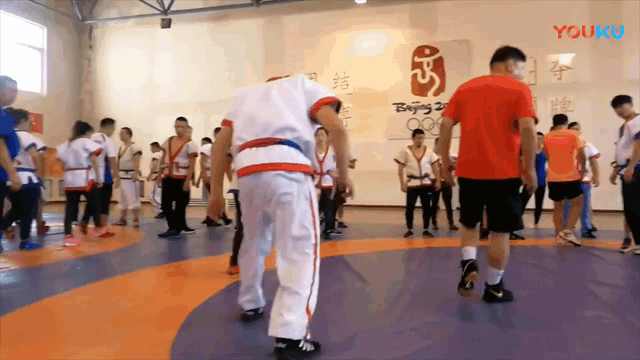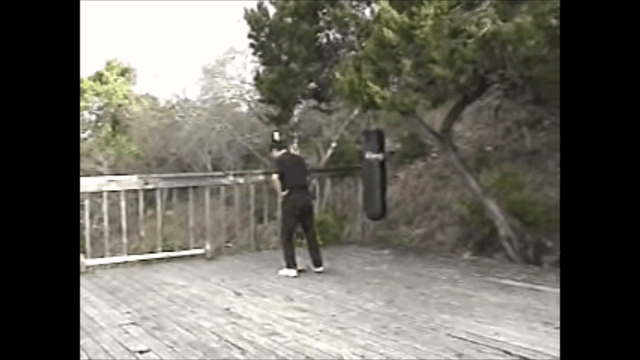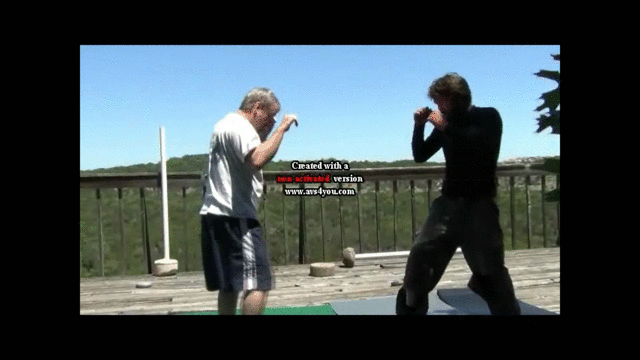Agree that to drill against active resistance is good. The only concern is this may violate the basic MA principle "force against force vs. borrow force."
In MA, we try not to use force against force. (A - B < A). If you try to pull me and I resist, you may pull me harder and still throw me if you are stronger than me. But if you can borrow my resistance force, change your pull into push, you may only need a little force to throw me (A + B > A).
I prefer to call your full resistance training as "combo training" (use one throw to set up another throw) that's different from the "solo skill training".
If my throw require
- push, I'll pull you first.
- clockwise rotation, I'll rotate you counter-clock first.
- ...
Old saying said, "the best throw is a throw that how your opponent wants you to throw him (not how you want to throw your opponent)".
Ifyour opponent wants to
- sit down, you will press him down.
- raise up, you will lift him up.
- ...
You should not against his will.
In the following clip, he is not training throw A. He is training how to use throw A to set up throw B in the opposite direction.
In other words, he has just moved from training throw A into training throw B. When he applies throw B, his opponent still has no resistance.








